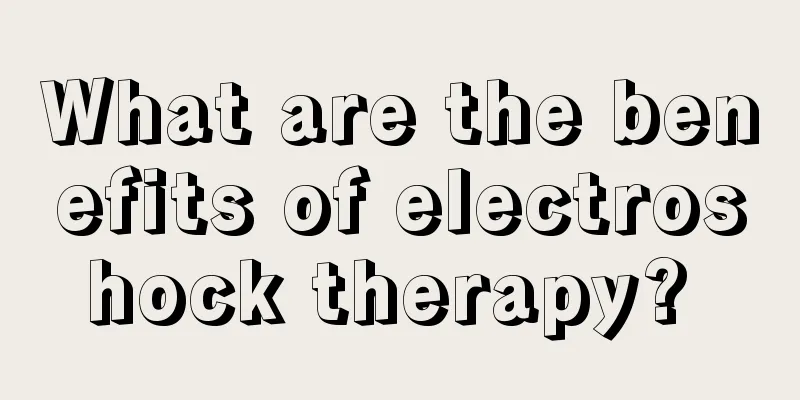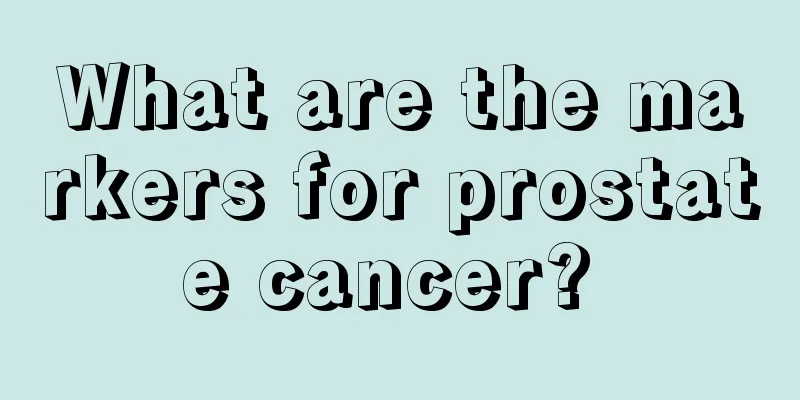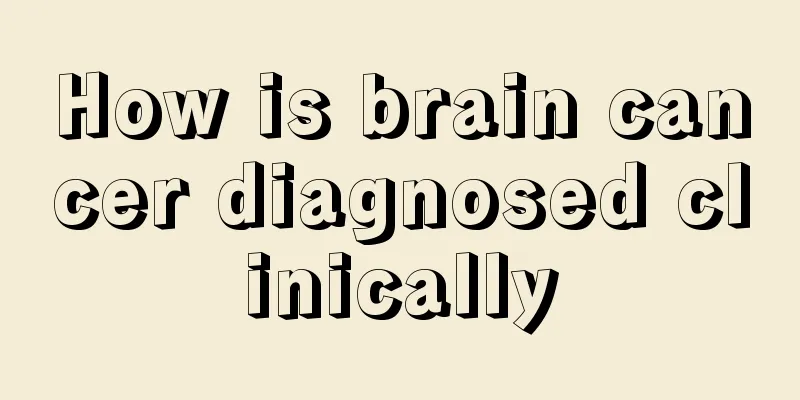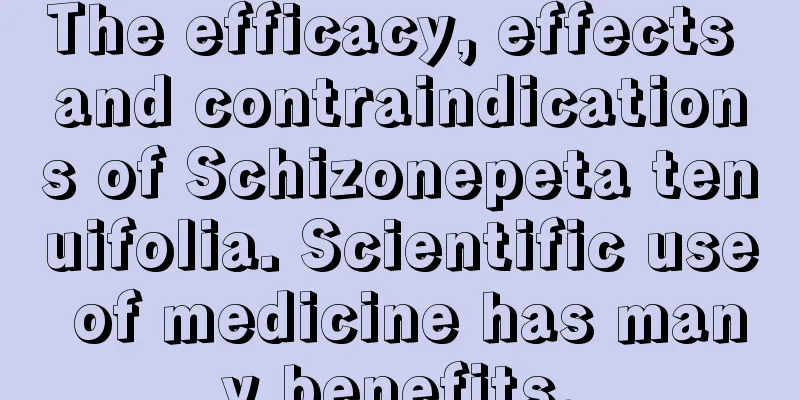What are the benefits of electroshock therapy?

|
Electroshock therapy is a method of treating certain diseases by using electric current. Generally, it can effectively treat mental illnesses, as well as abnormal mental excitement or impulsive behavior. It can make the patient's brain clearer and can effectively improve some physical diseases. Electroshock therapy also has certain side effects, which can easily cause temporary shock or memory loss in patients. Electroshock therapy should be used with caution, and the patient's condition should be observed after electroshock therapy. The uniqueness of modern electrotherapy The effect is rapid. Patients usually see results after one course of treatment, which requires 6 to 12 sessions, usually performed every other day. Each treatment takes 20 minutes. After treatment, the patient can wake up from anesthesia quickly and leave in 1 to 2 hours. Some patients can even see complete improvement after just one treatment. The therapeutic effect is definite. Especially for patients with serious suicidal attempts, stupor and refusal to eat, severe excitement and agitation, and severe aggressive impulse behavior, electrotherapy can quickly eliminate the symptoms. High security. Studies on tens of thousands of patients have shown that electrotherapy is no less safe than antipsychotic drugs as long as the indications and contraindications are strictly followed. CT and MRI examination methods have not revealed any changes in brain structure in patients after electrotherapy. Modern electrotherapy also has side effects Like any other treatment, ECT has its own specific side effects and complications. Modern Improved Electric Shock Therapy Common complications of shock treatment are headache, nausea, vomiting, and reversible memory loss. The incidence of memory loss is relatively high. Foreign studies have found that at least 1/3 of patients experienced significant memory decline after electrotherapy. However, it is generally believed that the effect of electroconvulsive therapy on memory is limited and usually only temporary. Clinically, these symptoms generally improve on their own after treatment and do not require any treatment. In addition to the above-mentioned side effects, modern electrotherapy has many disadvantages. First of all, electroconvulsive therapy is relatively complicated to implement and has certain risks. It requires general anesthesia and oxygen inhalation, and it is difficult to carry out in grassroots hospitals. Secondly, since electroconvulsive therapy requires high technology and equipment, the cost of treatment is also high. Furthermore, like drug therapy, electroconvulsive therapy cannot be a permanent solution and requires maintenance treatment, otherwise the disease will relapse in many patients. Therefore, it is generally recommended to use medication or occasional electrotherapy as follow-up maintenance treatment within 6 months after electrotherapy. |
<<: Cervical spondylosis causes pain in the back of the head, one movement can help you relieve it!
>>: What are the symptoms of intrauterine chocolate cyst
Recommend
What causes laryngeal cancer
Laryngeal cancer is a tumor disease that is more ...
What to do if you have a stomachache after eating rice dumplings
Zongzi is a food we often eat during festivals, b...
How to prevent uremia, take care of your body from now on
Now more and more young people are suffering from...
How to judge whether the liver is healthy
In fact, many physical manifestations are closely...
What can a stool test reveal?
Normal bowel movements have a certain regularity....
A joke about black beans and sugar
Black beans and brown sugar are both essential fo...
What symptoms can artificial hearts treat?
With the development of modern medical technology...
The reason why there is a lump on the neck
There are many lymph nodes on the neck, so when a...
Why do I feel dizzy after eating durian?
Durian is a hot food. Eating it in moderation has...
Is it good for baby girls to use diapers in summer?
When it comes to buying diapers for babies, paren...
Diet therapy for treating weak constitution of breast cancer patients after surgery
After breast cancer surgery, patients will be rel...
Drug treatment for advanced colorectal cancer
In these bright and sunny days of spring, people ...
Grapefruit passion fruit tea
Grapefruit and passion fruit are both recognized ...
How to deal with redecorating furniture
Many people feel that the appearance of a house i...
What will happen if nasopharyngeal cancer is not treated?
What happens if nasopharyngeal cancer is not trea...









